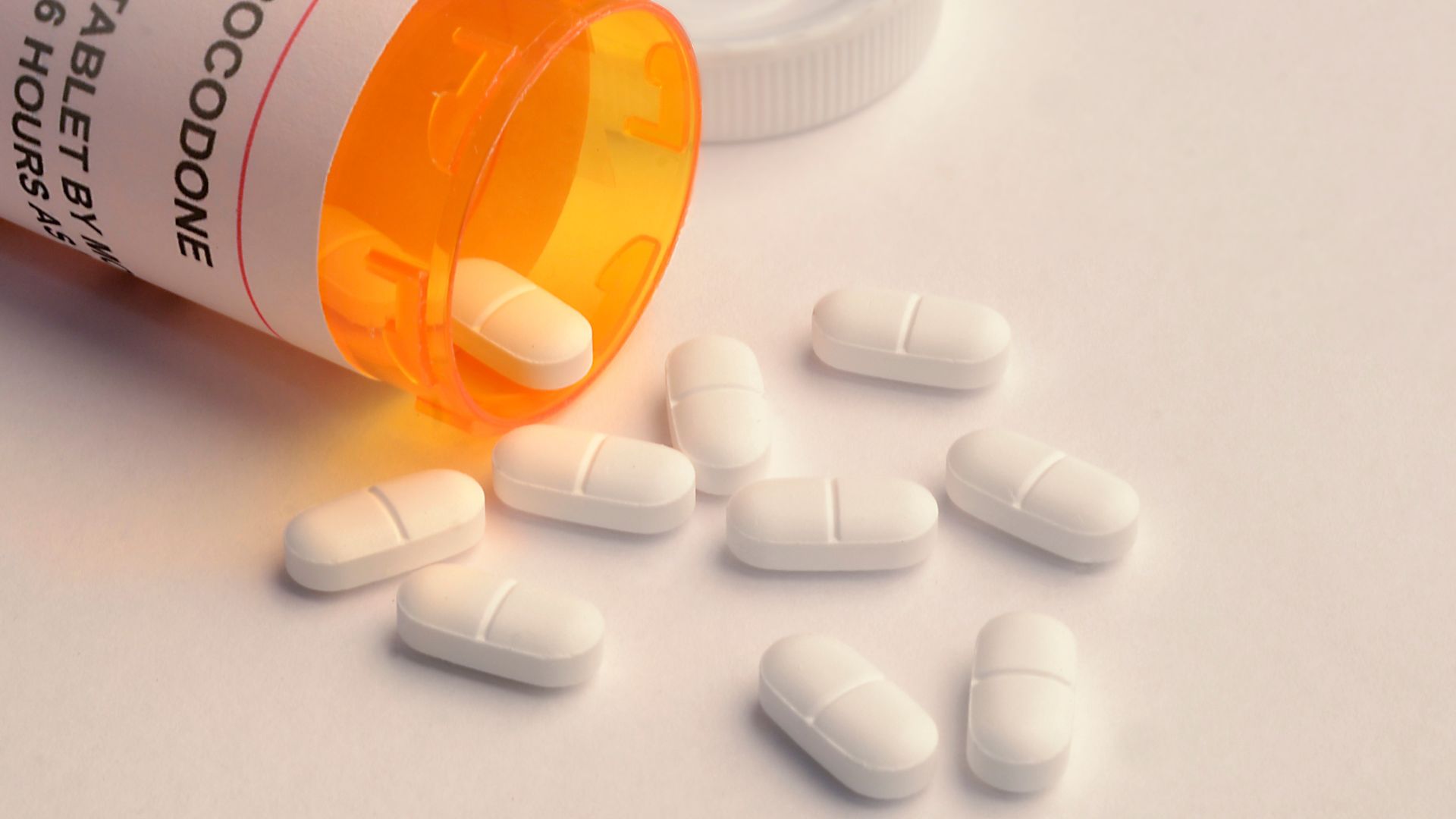Opioids are the most common cause of fatal poisonings in kids under 5
Opioids account for a greater proportion of fatal pediatric poisonings than they did a decade ago.

Opioids account for more than 50% of the fatal poisonings reported among U.S. children ages 5 and younger in recent years, according to a new study. This makes opioids the most common contributor to fatal poisonings in that age group, followed by over-the-counter pain, cold and allergy medications.
The study, published March 8 in the journal Pediatrics, included data collected between 2005 and 2018 by 40 U.S. states that contribute to the National Fatality Review-Case Reporting System, a database that includes information on child and infant mortality.
In the 13-year study period, 731 poisoning-related fatalities were reported in children ages 5 and younger. More than 40% of those affected were less than 1 year old, followed by 1 year olds, at 23%. Most cases noted where the poisoning took place, and of these, more than 65% happened in children's homes.
Overall, 346 of the fatal overdoses, or 47%, involved opioids. By comparison, over-the-counter pain, cold and allergy medications accounted for 108, or about 15%, of the fatal poisonings.
Related: Poison control calls about kids ingesting cough suppressant more than doubled in recent years
"Strikingly, opioids accounted for a progressively greater proportion of the substances contributing to poisoning-related deaths over the study period," the study authors wrote. In 2005, opioids accounted for seven out of 29 fatal poisonings, or 24%, and in 2018, the drugs accounted for 24 out of 46 fatal poisonings, or 52%.
In the early 2010s, efforts to curb the overprescription of opioids likely helped reduce the number of child poisonings linked to the drugs, as there was a dip at that time, the authors wrote. However, "in the past decade, children have been exposed to new opioid sources, such as heroin, fentanyl, and opioids used in medication-assisted treatment (eg, methadone, buprenorphine), which have reversed previous public health gains," they wrote.
Sign up for the Live Science daily newsletter now
Get the world’s most fascinating discoveries delivered straight to your inbox.
"Our study highlights how the opioid epidemic has not spared our nation's infants or young children," study author Dr. Christopher Gaw, a pediatric emergency medicine fellow at Children's Hospital of Philadelphia, said in a video accompanying the report.
To help prevent overdoses, doctors should counsel children's caregivers on strategies to prevent poisonings and advocate for community-level interventions that address social risk factors, like poverty, that are linked to an increased risk of poisoning, Gaw said. Doctors should also educate families on when and how to use naloxone (brand name Narcan), a medication that can rapidly reverse opioid overdoses and is safe and effective in children, he said.
In most states, naloxone is available without a prescription at pharmacies, although it may be sold behind the counter rather than over the counter, according to the Centers for Disease Control and Prevention. In addition, many community-based organizations and local health departments offer the drug at little to no cost. The Food and Drug Administration is also considering making naloxone nasal spray available over the counter in the future, STAT reported.

Nicoletta Lanese is the health channel editor at Live Science and was previously a news editor and staff writer at the site. She holds a graduate certificate in science communication from UC Santa Cruz and degrees in neuroscience and dance from the University of Florida. Her work has appeared in The Scientist, Science News, the Mercury News, Mongabay and Stanford Medicine Magazine, among other outlets. Based in NYC, she also remains heavily involved in dance and performs in local choreographers' work.
Flu: Facts about seasonal influenza and bird flu
What is hantavirus? The rare but deadly respiratory illness spread by rodents










